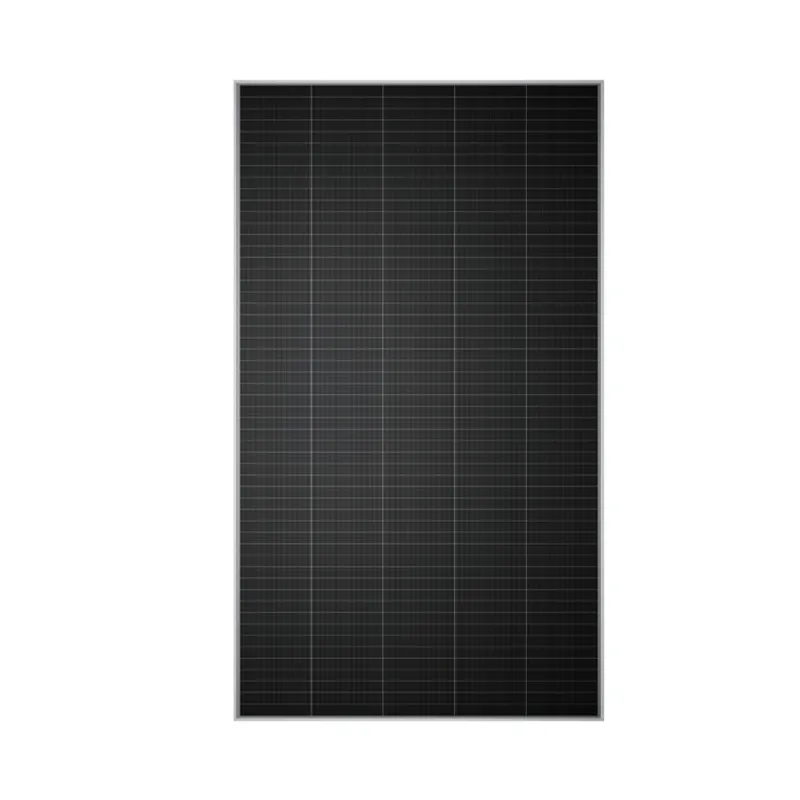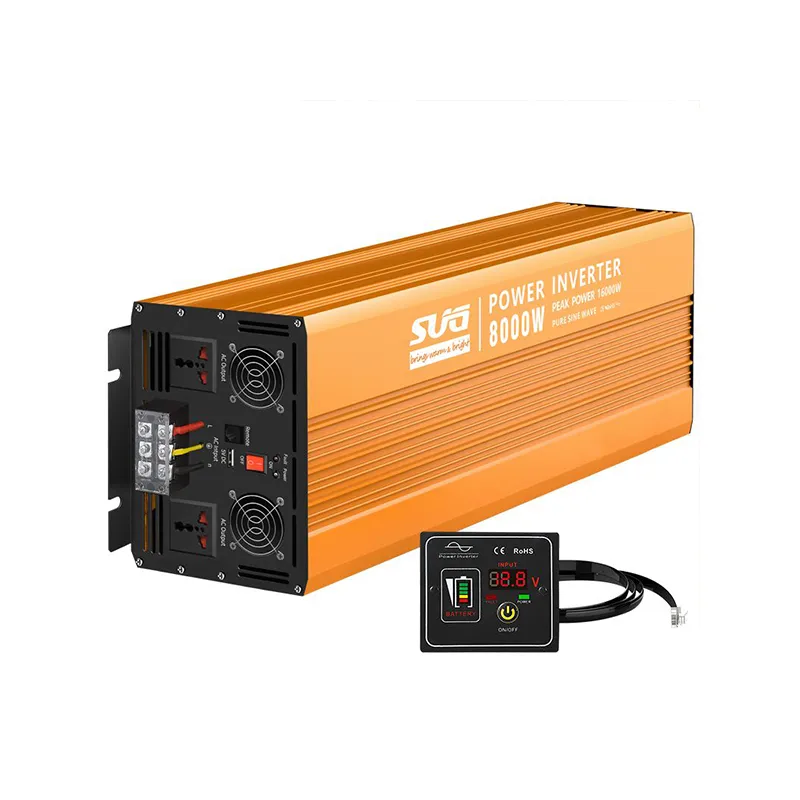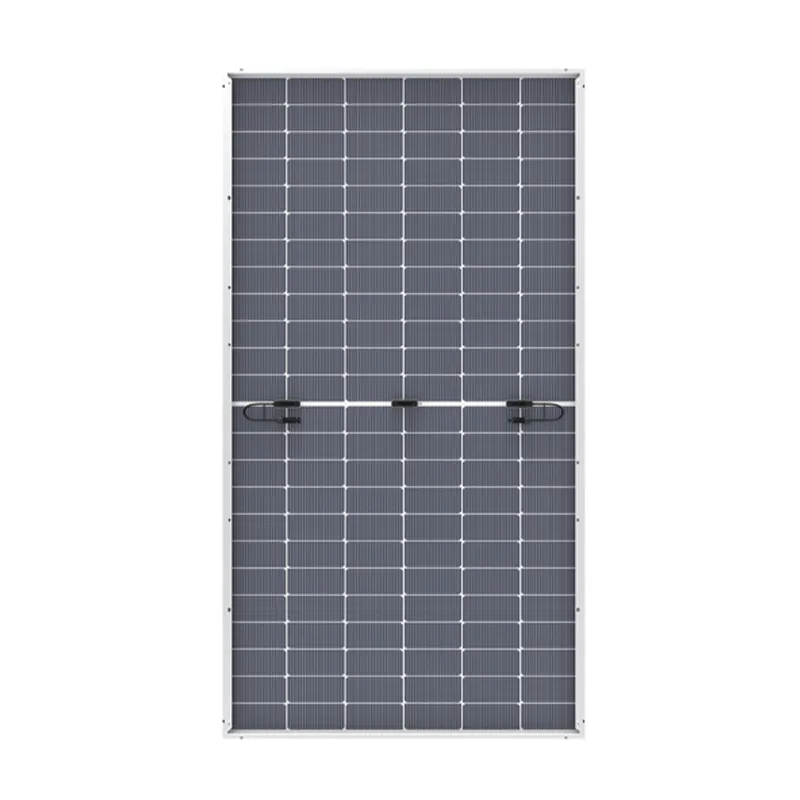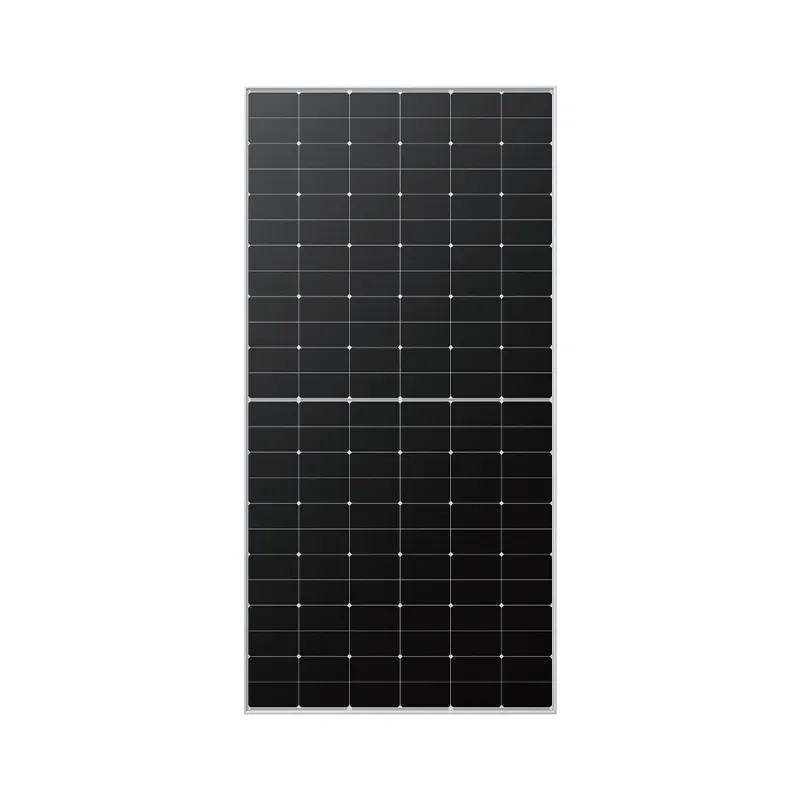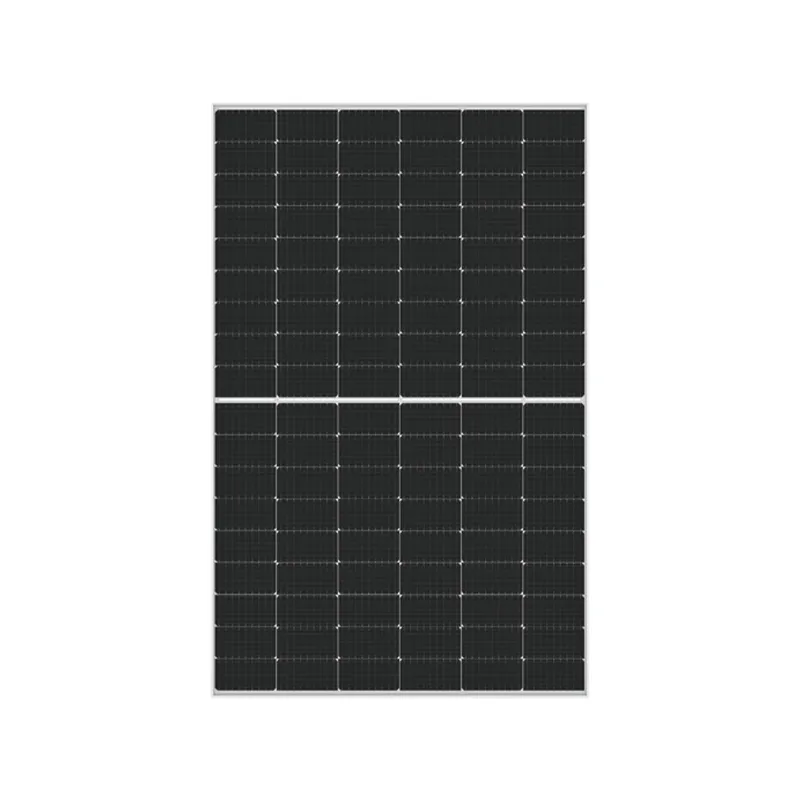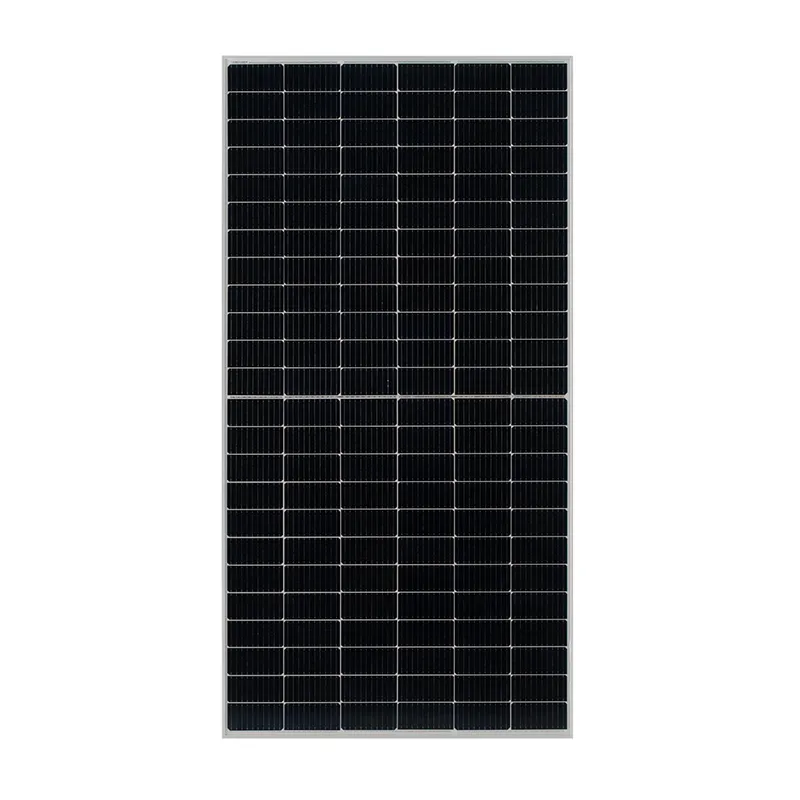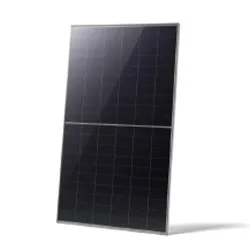540w Solar Panel – High Efficiency & Durable JA Solar 540W Panels for Home & Business
- Introduction to 540w solar panel
: meeting modern energy demands - Technical innovations and advantages of 540w modules
- Market overview and price trends for 540w solar panel price
- Manufacturer comparison: features of top brands including JA Solar 540w
- Customization options: optimizing solutions for specific applications
- Real-world implementation: global application case studies
- Conclusion: the rise of 540w solar panels and future prospects
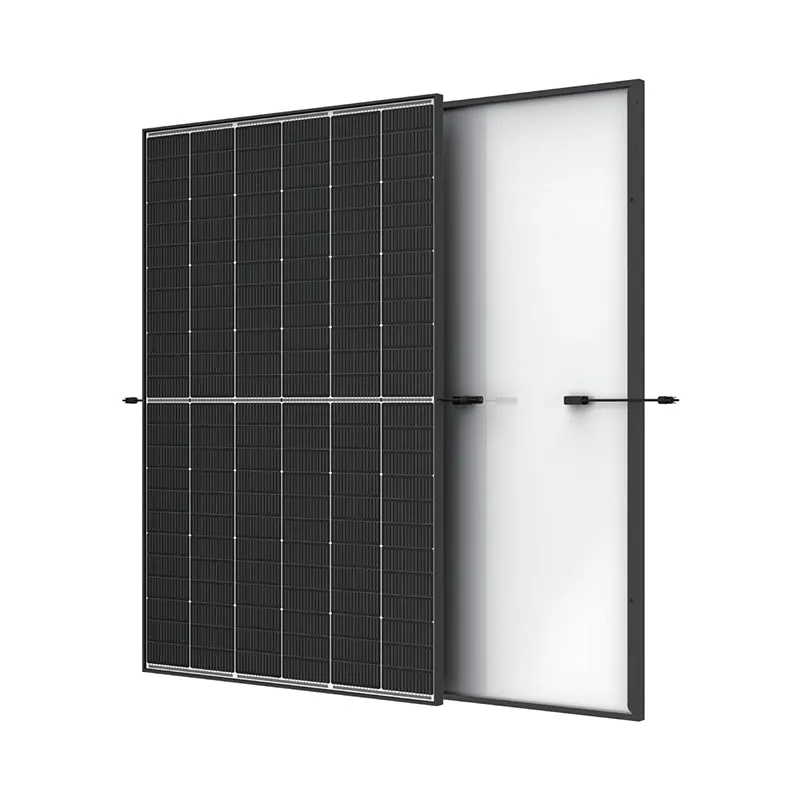
(540w solar panel)
Introduction: 540w Solar Panel and Modern Energy Demands
As the global energy landscape rapidly shifts toward sustainability, the 540w solar panel has emerged as a pivotal solution addressing elevated power requirements for residential, commercial, and utility-scale projects. In a world where energy efficiency and land utilization are paramount, these high-wattage panels bridge the gap between today’s increasing energy consumption and environmentally conscious power generation. Driven by technological breakthroughs and a maturing supply chain, 540w modules are designed to pack optimal output into a compact footprint, enabling project developers and homeowners alike to maximize returns per square meter. The following analysis explores the technical, economic, and practical superiority of the 540w module, alongside real-world benchmarks and implementation insights.
Technical Innovations and Competitive Advantages
The technological evolution leading to the 540w solar panel is grounded in advanced cell architectures, such as M10 mono-PERC or half-cut cell configurations. These enable increased module efficiency—commonly exceeding 21% conversion rates—compared to the industry’s previous mainstay panels, which often topped out at 19%. Key features include up to 144 half-cut monocrystalline cells, improved low-light performance, and anti-PID/anti-LID (Potential Induced Degradation/Light Induced Degradation) protections.
- Size Efficiency: The 540w modules typically measure around 2278×1134mm, enabling high-power rooftops and utility field deployments without extensive spatial expansion.
- Load Bearing: Prefabricated glass and frame technologies ensure wind resistance up to 2400Pa and snow load up to 5400Pa, vital for durability in extreme environments.
- Enhancements: Bifacial technology available on select versions can capture up to 10-25% additional reflected light energy, maximizing yield especially on white or reflective surfaces.
These technical attributes drive tangible outcomes: for every 1MWp of installed solar capacity using 540w modules, land use can be reduced by approximately 8% compared to 410w modules. In real terms, this translates into lower Balance of System (BOS) costs, with studies indicating BOS savings between $0.015 to $0.025 per watt installed—providing significant project-level financial advantages.
Market Overview and 540w Solar Panel Price Trends
The price trajectory for 540w solar panel products reflects both rapid manufacturing scale-up and evolving supply chain efficiencies. Global average pricing as of Q1 2024 ranges between $0.16 and $0.22 per watt (ex-works), or approximately $86 to $119 per panel before shipping, taxes, and local tariffs. While module prices have decreased by an average of 36% over the last 24 months, high-wattage products such as the 540w model have gained a greater market share—accounting for over 27% of utility-scale PV deployments during the previous fiscal year (IEA/PV-Tech, 2024).
The cost advantage also extends to downstream project economics. Installation labor per watt is reduced as fewer modules are required for a target capacity, thereby optimizing both CAPEX and OPEX expenditures. Volume buyers and EPC contractors benefit from additional discounts for bulk procurement and direct-from-manufacturer delivery arrangements.
| Panel Model | Average Global Price ($/watt) | Efficiency (%) | Typical Application |
|---|---|---|---|
| 540w Mono PERC (Generic) | 0.18 | 21.0 | Utility, Commercial |
| JA Solar 540w | 0.20 | 21.3 | Commercial, Utility |
| LONGi 540w Bifacial | 0.22 | 21.4 | Large Utility, Bifacial Install |
| Trina 540w Vertex | 0.19 | 21.1 | Utility, Rooftop |
The positioning of 540w solar panel price demonstrates both affordability and premium features, offering end-users an accessible path to high-output solar solutions.
Manufacturer Benchmark: JA Solar 540w and Top Brands
A comparative analysis between top-tier 540w manufacturers highlights advances in module reliability, warranty offerings, and real-world operational data. Notable vendors include JA Solar, LONGi, Trina Solar, and JinkoSolar. Each brand approaches the 540w segment with proprietary design enhancements, underscoring market competition on technology and service.
| Feature Benchmark | JA Solar 540w | LONGi 540w | Trina 540w | JinkoSolar 540w |
|---|---|---|---|---|
| Module Efficiency | 21.3% | 21.4% | 21.1% | 20.9% |
| Product Warranty | 12 years | 12 years | 12 years | 12 years |
| Performance Warranty | 25 years | 25 years | 25 years | 25 years |
| Temperature Coefficient | -0.35%/°C | -0.34%/°C | -0.34%/°C | -0.35%/°C |
| Weight | 28.6kg | 31.5kg | 28.2kg | 28.7kg |
| Bifacial Option | Available | Available | Available | Available |
The JA Solar 540w model is distinguished by its consistently high yield in harsh climate testing, low degradation ratios (less than 0.45% per annum), and robust supply chain support in over 135 countries. Project developers often select brands based on supply reliability, after-sales support, and compatibility with diverse inverter architectures.
Customization: Tailoring 540w Modules for Diverse Needs
Flexibility in module selection is critical to the success of large-scale PV initiatives, rooftop retrofits, and off-grid installations. Manufacturers are increasingly offering customization options to align with project-specific requirements:
- Frame Material: Choices between standard anodized aluminum or reinforced double-glass frames enhance application durability.
- Cell Type: Selection of mono versus bifacial for reflective surface utilization and targeted yield improvements.
- Connector Types: MC4, TS4, or custom connectors for seamless integration into legacy systems.
- Junction Box IP Ratings: Standard IP68 or industry-upgraded solutions for extreme weather resistance.
- Voltage Class: 1500V options lower subarray string losses, beneficial for commercial scale optimization.
For urban rooftops with high-shadow risk, half-cut and multi-busbar cell layouts minimize loss from shading and hot spots. On utility fields, string lengths and mounting geometries are engineered for maximum DC/AC ratios, translating into higher annual yield and lower Levelized Cost of Electricity (LCOE).
Real Deployments: Application Cases and Performance Data
Institutional, commercial, and utility-scale buyers have deployed the 540w platform across a variety of challenging sites. The following global case studies illustrate its performance:
- Spain – Utility Ground-Mount (2023): > 160MWp project used 540w modules, reported an annual specific yield of 1,810 kWh/kWp, 11% higher than installations with legacy 400w panels in comparable regions.
- USA – Commercial Rooftop: > A logistics park in Texas replaced a 2,000-panel 400w system with 1,500 540w panels, increasing total system capacity by 1.5MWp while reducing roof occupation by 13%, and witnessing a 5% drop in annual O&M costs.
- India – Industrial Factory Microgrid: > Hybrid off-grid microgrid with 540w bifacial modules delivered 25% more energy on high-albedo surfaces, powering 24/7 processes with reduced diesel backup.
- South Africa – Rural Electrification: > A community off-grid array using 540w double-glass modules achieved stable output despite dust/sand exposure, with power supply uptimes above 99.7%.
Metered data from over 30 deployments globally points to an average performance ratio improvement of ~2.75% compared to prior-generation panels, due both to module efficiency gains and advanced system designs enabled by the 540w module’s electrical configuration.
Conclusion: The Rise and Future Impact of 540w Solar Panels
In summary, the 540w solar panel has significantly redefined expectations in photovoltaic technology. Its combination of high output, robust construction, and cost-effective deployment makes it a transformative option for the modern solar market. Decision-makers increasingly prioritize long-term reliability, yield, and lifecycle value—criteria which high-efficiency modules like the 540w consistently meet and often exceed. Looking forward, ongoing advances in cell architecture, manufacturing processes, and integrated digital monitoring promise to further enhance these panels’ market share. For organizations and individuals seeking scalable, future-proof solar investments, this wattage class stands as a benchmark for sustainable, high-yield energy generation.
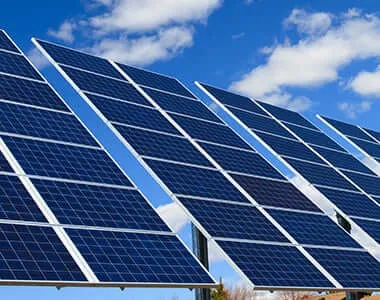
(540w solar panel)
FAQS on 540w solar panel
Q: What is a 540W solar panel?
A: A 540W solar panel is a high-power photovoltaic module capable of generating 540 watts of electricity under standard test conditions. It is commonly used in large-scale solar installations and commercial projects. These panels offer greater efficiency and fewer modules per system.Q: How much does a 540W solar panel cost?
A: The price of a 540W solar panel varies depending on the brand and market, generally ranging from $120 to $200 per panel. Bulk purchases may offer additional discounts. Always check with local suppliers for the latest prices.Q: What are the benefits of choosing JA Solar 540W panels?
A: JA Solar 540W panels are known for high efficiency, long lifespan, and reliable performance. They also feature advanced cell technology that maximizes energy output. These characteristics make them popular for solar projects worldwide.Q: Can a 540W solar panel be used for home installations?
A: Yes, a 540W solar panel can be used for residential installations, especially when space is limited and higher output is needed. Fewer panels are required to achieve the same system size. However, proper mounting and inverter compatibility should be ensured.Q: How many 540W solar panels do I need for a 5kW solar system?
A: You would need approximately 10 units of 540W solar panels to build a 5kW system (5,000W ÷ 540W ≈ 9.26, rounded up). This setup will provide slightly more than 5kW capacity. Always consult a solar professional for exact system sizing and layout.-
Unlocking Energy Freedom with the Off Grid Solar InverterNewsJun.06,2025
-
Unlock More Solar Power with a High-Efficiency Bifacial Solar PanelNewsJun.06,2025
-
Power Your Future with High-Efficiency Monocrystalline Solar PanelsNewsJun.06,2025
-
Next-Gen Solar Power Starts with Micro Solar InvertersNewsJun.06,2025
-
Harnessing Peak Efficiency with the On Grid Solar InverterNewsJun.06,2025
-
Discover Unmatched Efficiency with the Latest String Solar InverterNewsJun.06,2025
